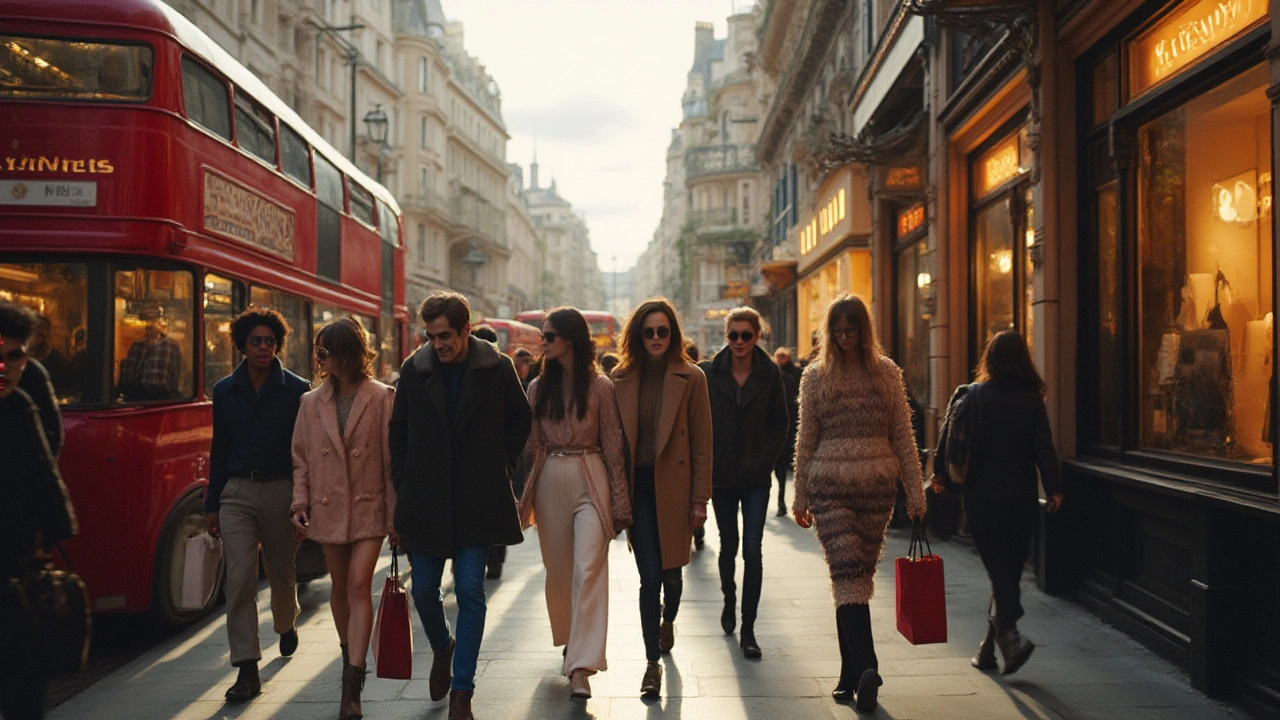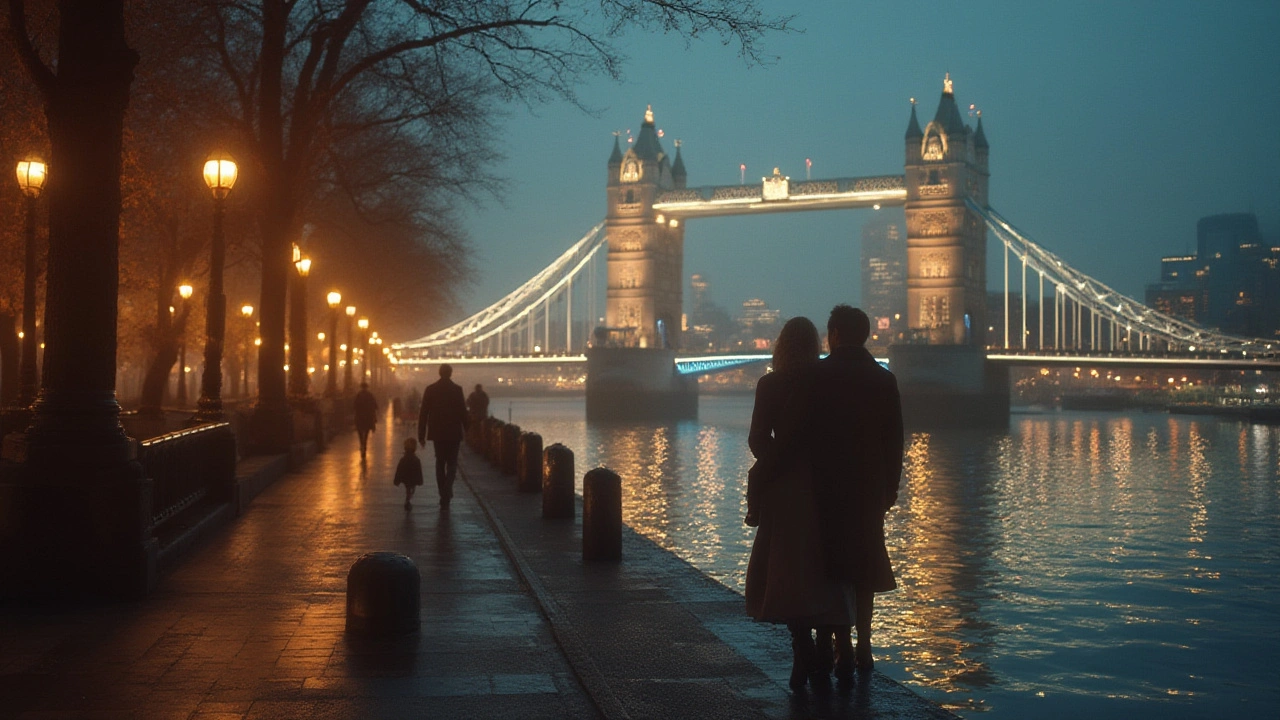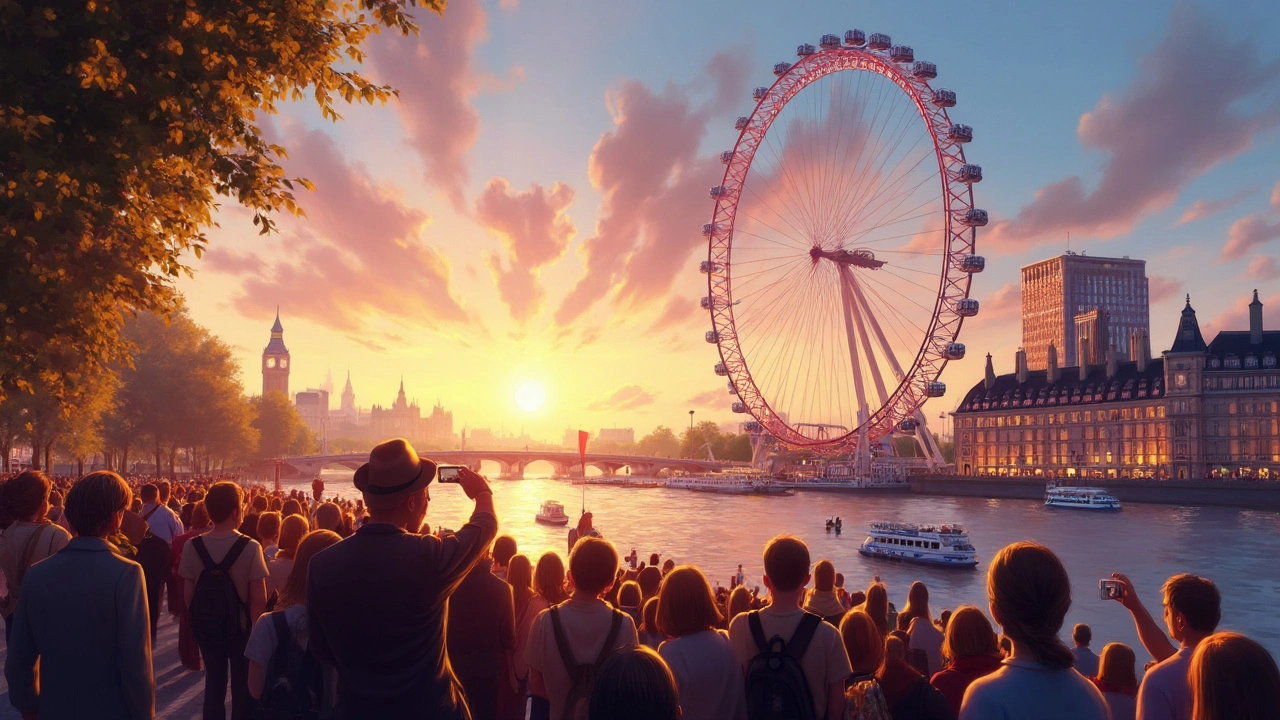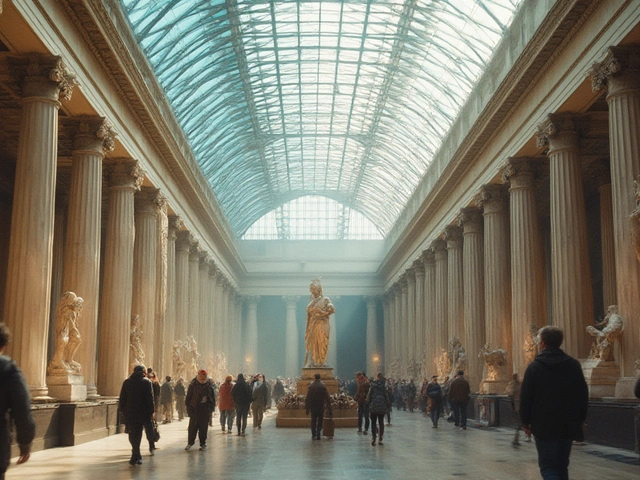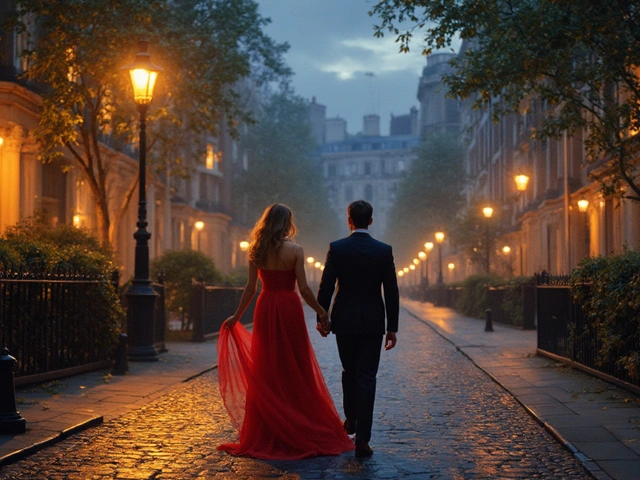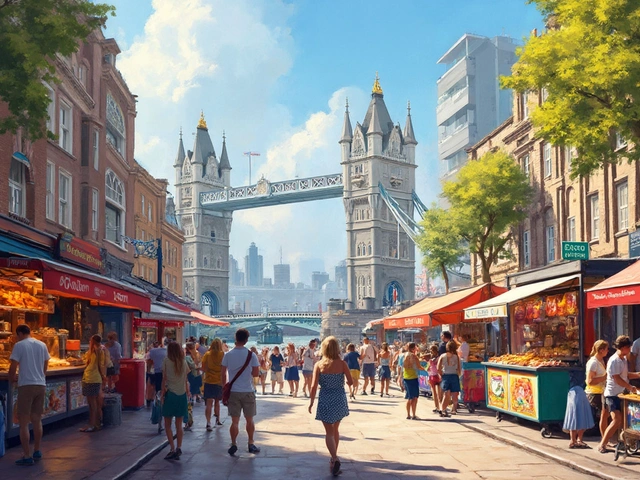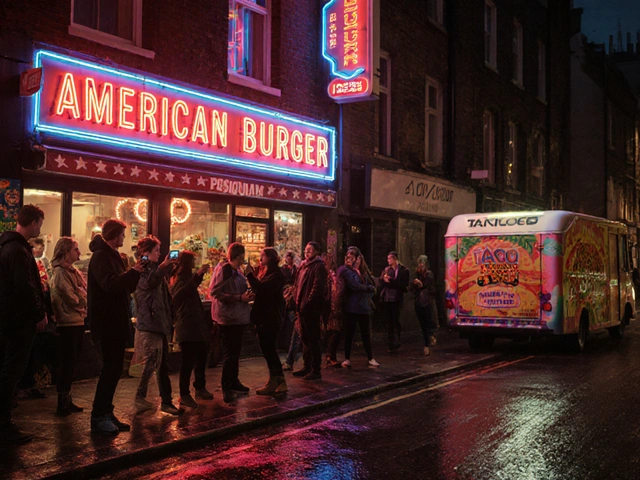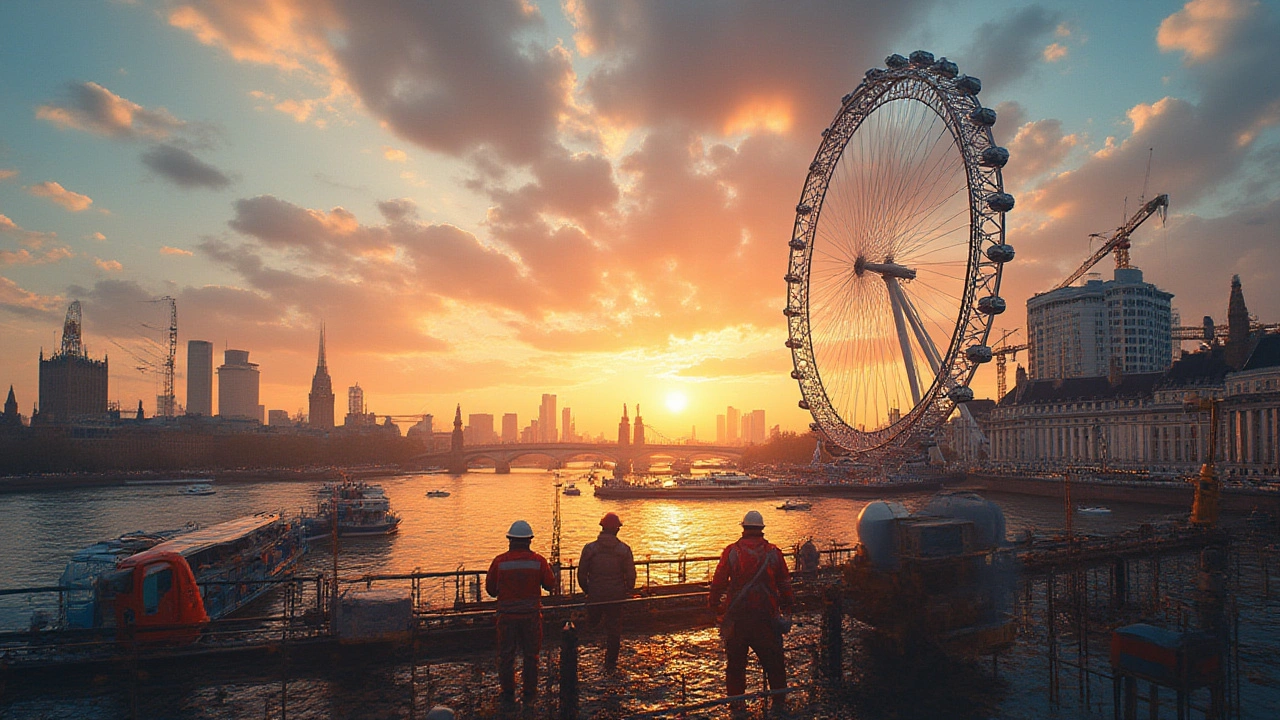
Stand anywhere along the Thames, look up, and you can’t miss the London Eye rotating quietly above the bustle of South Bank. In a city packed with historic attractions like St Paul’s and the Tower, this futuristic wheel sticks out like a new kid on the block who’s somehow become part of the family. Here’s what’s wild: the London Eye—often called the Millennium Wheel when it opened—was never meant to be permanent. Yet today, this glassy giant is every bit as much ‘London’ as a red bus or a rainy afternoon in Hyde Park.
The Birth of a New Landmark
Most Londoners above a certain age remember when the skyline changed. It’s not that long ago: the London Eye opened to the public on March 9, 2000, just crawling through Y2K fears and startup-mania. Designed by husband-and-wife architects David Marks and Julia Barfield, what started as an entry to a competition for a new Millennium Landmark eventually captivated the city council—and then the world. Nobody had asked for a Ferris wheel by the river, yet suddenly, Londoners had one so huge you could spot it from Hampstead Heath on a clear day.
When it opened, the Eye was the world’s tallest observation wheel at 135 metres. It wasn’t a small feat. To hoist 2,100 tonnes of steel into a ring without the whole thing toppling into the Thames, engineers built it flat on floating barges. Imagine it: floating this webbed giant upriver and inching it upright as Londoners watched from the Embankment. Technical drama like this is classic London—improvisation in public.
Back in 2000, it was run by British Airways. Cue the jokes about delays. Tickets sold out for months, and riding the wheel suddenly became the thing to do for a first date, a birthday, or just to see how far you could spot after dinner at Skylon. Even the Queen took a spin—though quietly, and not in a public pod. Since then, over 80 million people have done the same.
The Eye has seen its share of drama. In its early days, there were the odd slowdowns and the time it stopped with a hen party trapped at the very top. But the team sorted the teething pains, and these days, breakdowns are rare. The mechanics are as British as hot cross buns—a sturdy crew, always on hand.
A table gives a sense of where it stands among London’s greats:
| Landmark | Height | Visitors per year | Year opened/built |
|---|---|---|---|
| London Eye | 135m | 3.75 million | 2000 |
| St Paul’s Cathedral | 111m Dome | 1.7 million | 1710 |
| Shard | 310m | 2 million (viewing gallery) | 2012 |
| Tower Bridge | 65m Towers | 800,000 (walkways) | 1894 |
So, it’s not the highest thing you can climb—but sure beats the queue at Sky Garden, and you can spot Battersea Power Station, Wembley, Crystal Palace, even Windsor—on a blue-sky day.
Connecting Londoners with the River
The South Bank used to feel a bit anonymous—once you got past the National Theatre and the Hayward, it petered out into dodgy arches by Waterloo and anonymous riverside walkways. London attractions like the Eye changed that overnight. Now, families, students, City workers, and buskers have ownership of this path again. The riverside became a real destination—suddenly, it wasn’t eccentric to walk from Blackfriars to Westminster Bridge and back just for fresh air.
The London Eye’s base is almost always buzzing. On weekends, queues wrap, street performers play, and the crowd can feel like the inside of Carnaby Street before Christmas. Wondering where to grab a drink before your ride? The local branch of the All Bar One is always rammed, but crafty locals swear by the cocktails at Spiritland—two minutes past the Hungerford Bridge underpass and much less stress. Family in tow? Jubilee Gardens stay open and grassy almost all year, picnic-perfect if you can outwit the city pigeons.
If you’re booking, best not to pitch up and hope for luck—advance tickets are way cheaper online. There’s a handy express queue (worth the extra quid on a rainy Saturday). Planning your ride at twilight, as the city lights up, is the pro move. Also, check the weather—there’s nothing worse than a £30 foggy time-capsule where you see nothing but raindrops.
One thing locals rarely bother with: the photo they snap as you get off. They’re extortionate, but visitors seem to love having proof. Instead, best hack is to take selfies as your pod floats past Big Ben, or ask a Londoner for help—most will oblige willingly, even giving you a quick potted history of the bridge or Parliament.
The South Bank around the London Eye plays host to major events too, especially during the summer festivals. You’ll see the food market pitched up on weekends, and weird but fun experiences like pop-up yoga sessions in the shadow of the wheel. If you’re around in December, the Winter Market brings mulled wines, curling, and more bratwurst than you can shake a snow globe at.
Here’s a quick list of what’s close by (within a ten-minute stroll):
- SEA LIFE London Aquarium—great for families or soggy days
- London Dungeon—for a dose of dark history with actors and a few jump scares
- Southbank Centre—catch a gig, book market, or art exhibition
- Gabriel’s Wharf—quirky indie shops and a handful of independent cafés
- Westminster Bridge—best unfiltered view of Parliament and the river
The journey to the Eye matters, too. Most people rock up from Waterloo Station or along the Thames Clipper, the Uber Boat—an underrated way to travel, with tap-on Oyster readers just like the Tube. For cyclists, new cycleways mean you can pedal from Canary Wharf or Pimlico without dicing with double-decker buses.
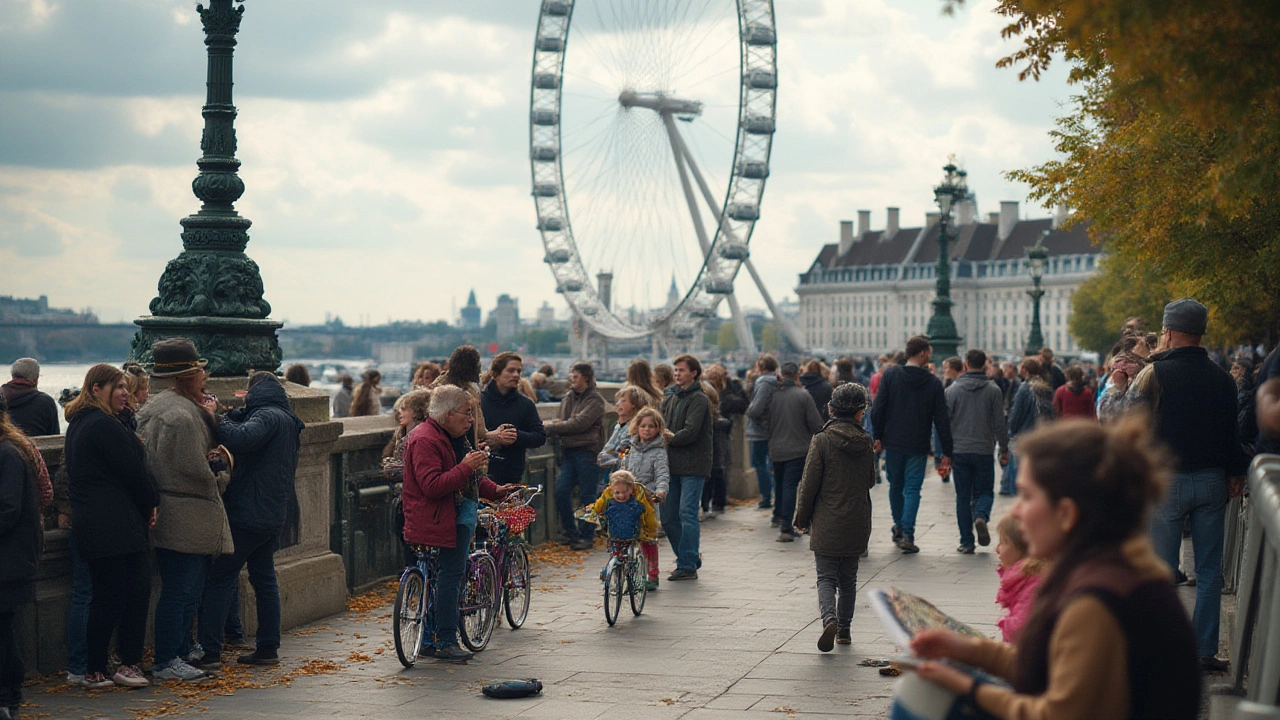
London Eye in Pop Culture and City Life
For a landmark that’s just 25 years old, the London Eye has wormed its way into the city’s identity. New Year’s Eve fireworks now burst from its rim as crowds plug the riverside from Temple to Vauxhall. It’s the backdrop of a thousand holiday selfies and has had starring roles in Doctor Who, Sherlock, and, recently, the finale of Ted Lasso.
The Eye has also become a handy shorthand for London life in adverts and magazines. Spot it on the covers of property listings, the intro sequence of BBC London News, or as pixel art on souvenir mugs in John Lewis. It’s shorthand for modern London—slick, international, and just a bit cheeky.
Social media loves it, too. There are over 2.4 million tagged posts on Instagram alone (as of July 2025), most snapped from inside the pods. On TikTok, teens try to time-lapse its 30-minute rotation, adding trending music and rainy capsule ASMR. The wheel is as much part of local life as TfL strikes or weekend markets in Borough.
The London Eye keeps showing up in things that matter to locals. Pride weekend? It’s awash in rainbow lights. Remembrance Day? They illuminate it in red for the poppy appeal. There’s even been a commemorative lighting for Queen Elizabeth II in 2022, shining purple from dusk till dawn.
Kids in London spot it on school trips. Many get their first taste of highs (figuratively, the legal way) on the Eye—like a rite of passage, a reward for surviving SATs or GCSEs. And local businesses have made a cottage industry from it—small tours, pod picnics, even marriage proposals offered with sunset ‘Cupid’s Capsule’ packages (yes, with fizz and chocolate).
Tips for Locals and Visitors: Making the Most of Your Visit
First up—if you live in London, it’s easy to get blasé about the Eye. Honestly, when was the last time you looked up at it, let alone rode it? Locals with proof-of-address can usually snag discount rates—just check the official site for seasonal deals or two-for-one offers tied to national rail travelcards.
Weekday mornings are gold for empty pods and zero queues. The first slot after opening—usually 11am these days—means you’ll beat the school groups. Want to impress a date? Sunset rides in late spring or summer: the city glows, and on clear nights, the Eye often stays open late. For parents, pram-friendly access is sorted, and the pods are sealed and temperature-controlled—so there’s no winter frostbite drama.
Want more than just the classic ride? Try the “Champagne Experience” for a bit of upmarket fizz, which, to be fair, is more fun than the beer at chain pubs nearby. Braver folk head for the Halloween or Valentine’s specials—expect themed pods with costumed hosts and odd party bags.
Here’s a bunch of top hacks from veterans:
- Book online—cheaper, no faff, and you can move your slot if the weather looks savage.
- Look out for bundled tickets covering the Eye, SEA LIFE, and London Dungeon—worth it if you plan to make a day of it.
- Don’t just belt from Waterloo. Walk up from Embankment or Temple for killer riverside views.
- Bring a camera with a decent zoom. The pods are glassy, sure, but reflections can be a pain for phone snaps; a lens helps.
- If you’re hungry, avoid the obvious chain restaurants round the Eye—Gabriel’s Wharf and Lower Marsh have street food and indie diners far better for your tenner.
Last word: the Eye is best seen as a jumping-off point to the city. Pair it with a gallery crawl at Tate Modern, a wander through Borough Market, or even a quick walk across Westminster Bridge for Parliament tours and people-watching in St James’s Park. Real London life is found in the zig-zags between these icons.
The London Eye’s magic isn’t just in its engineering—though that part is wild—but in how it’s pulled Londoners back to the river. It’s hard to imagine the city’s skyline without it now. Next time you’re trundling past on a bus or waiting under Waterloo’s clock, take a moment. Look up, spot the wheel, and remember that even in a city this ancient, something new can become part of the landscape in a generation.

